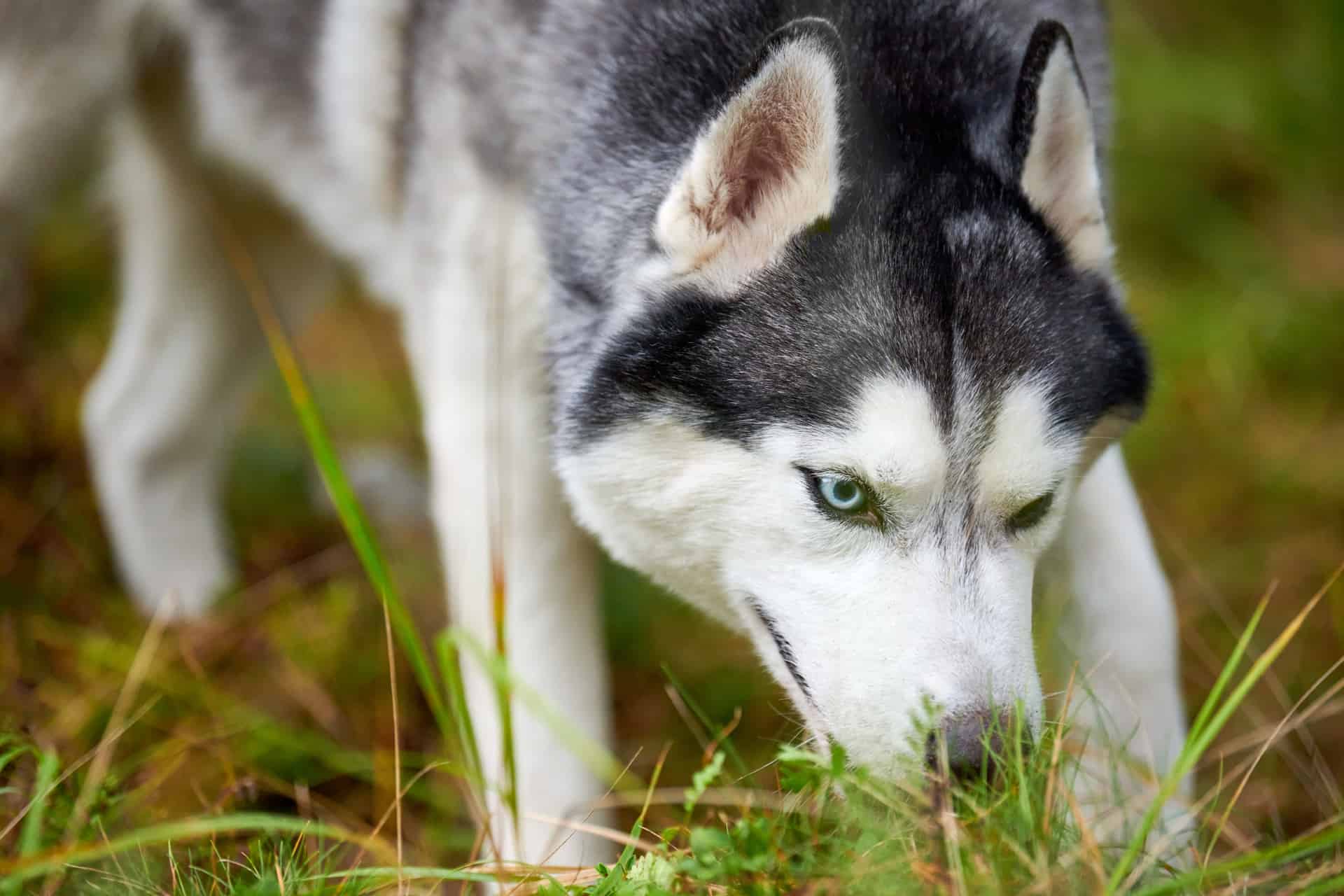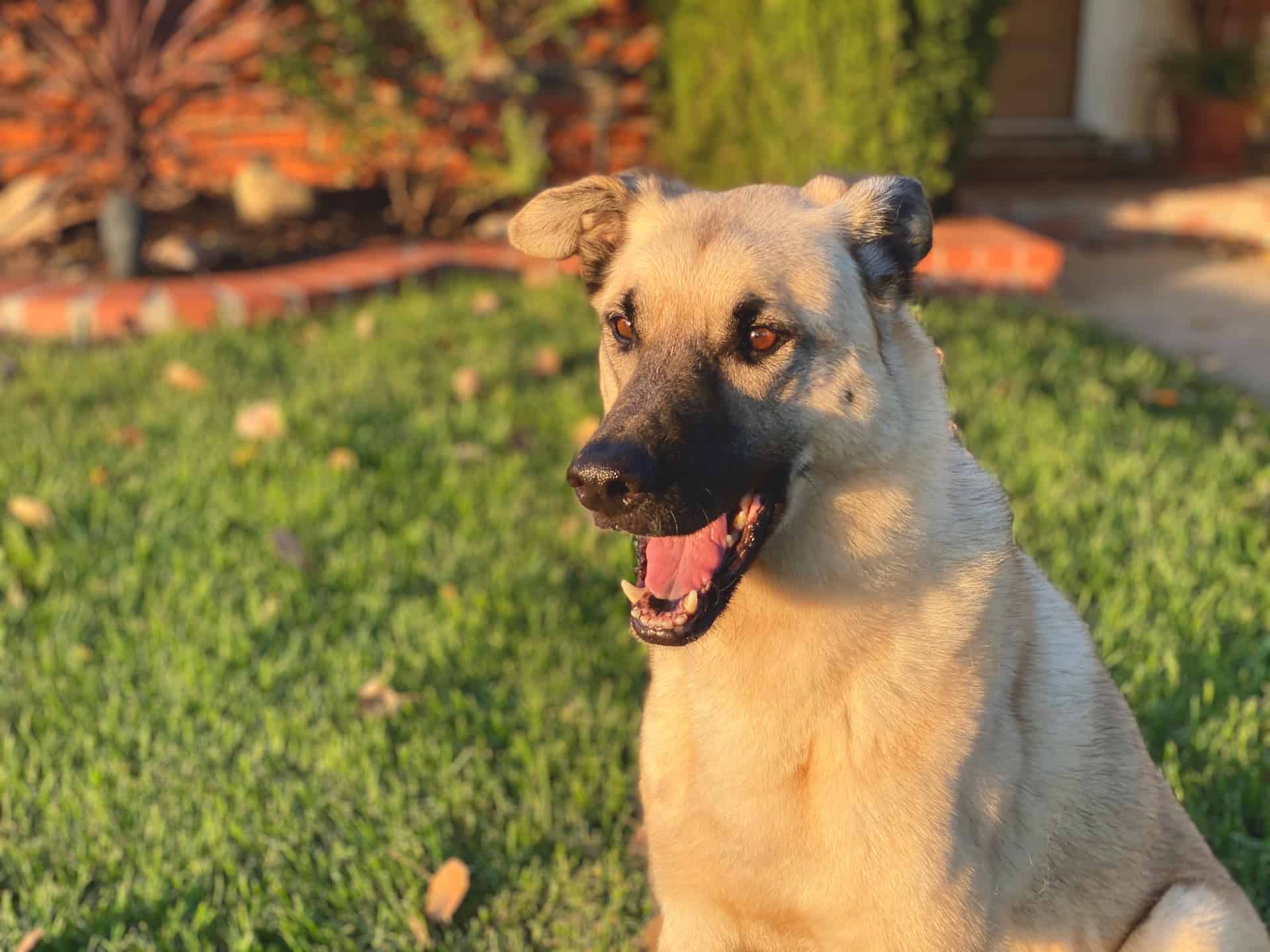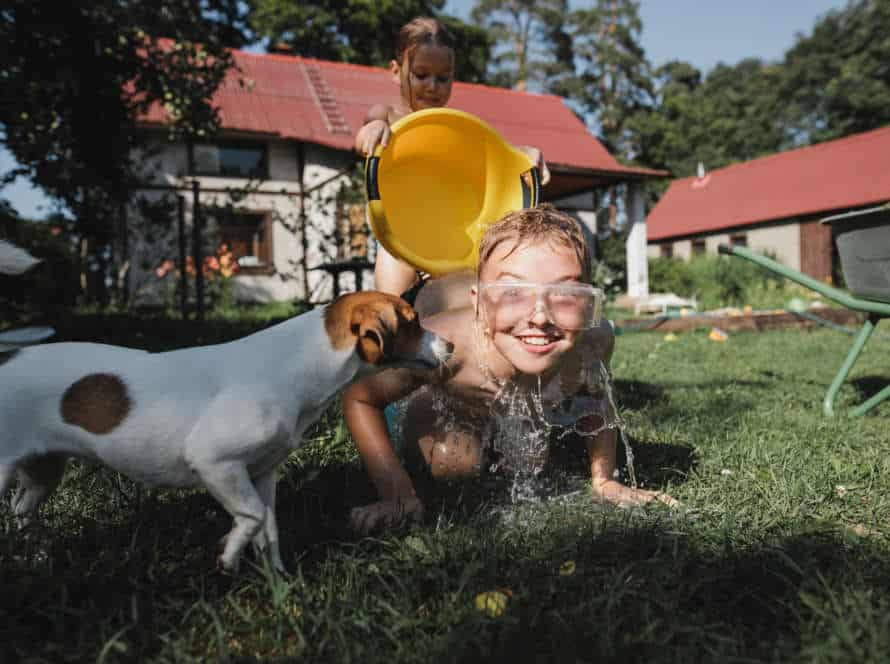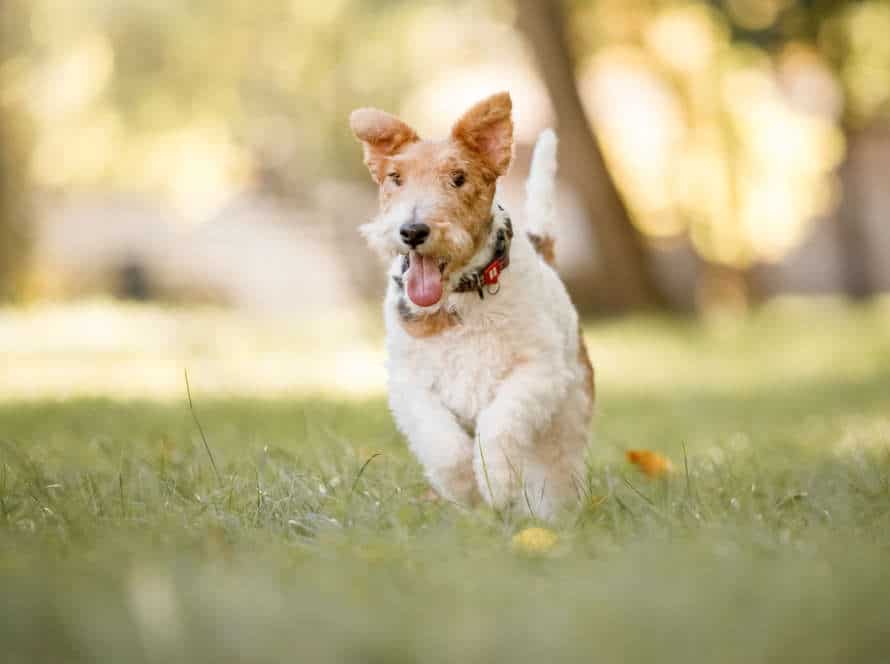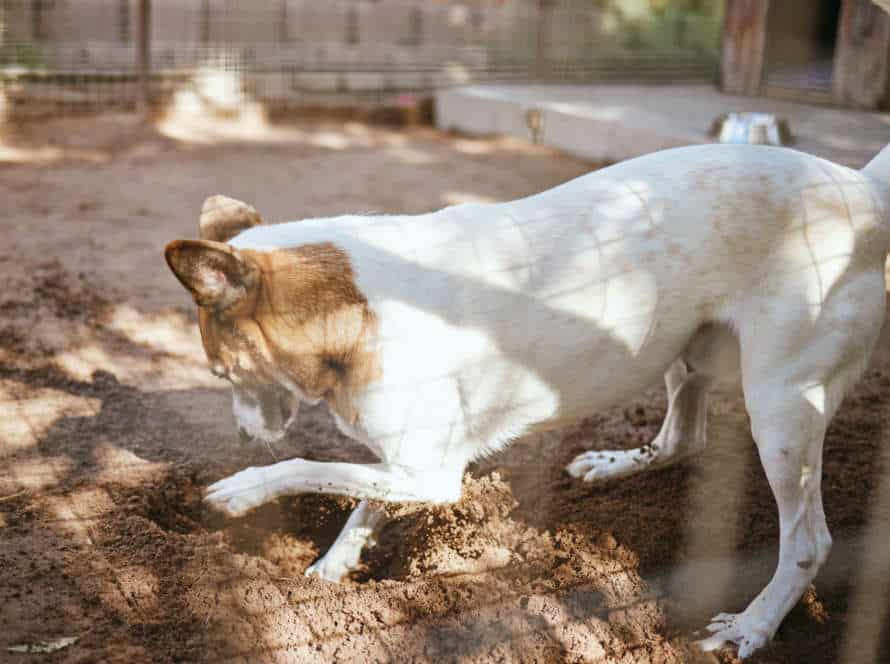How to Use Positive Reinforcement to Stop Digging
Positive reinforcement is all about rewarding your pup for good behavior. Treats, toys and praise will help stop your pup from digging up places it shouldn’t. Here are some steps to take:
- Train your pooch basic commands like “sit” and “stay”.
- Whenever you spot your pup digging in the right area, use the command “dig” and give it a treat or toy.
- If the digging happens in an undesired spot, redirect it to the right place and use the “dig” command.
- When your pup starts digging in the correct place all on its own, reward it with treats and praise.
Remember to always use positive reinforcement and avoid punishing or scolding your dog. This will build a lasting relationship with lots of love and trust.
Understanding Digging Behavior
Digging is a usual thing for dogs, yet it can be damaging and troublesome. To comprehend why canines dig, we need to first observe their evolutionary history, conduct and environment. Digging is a natural urge for dogs and can help them detect prey, hideouts and even tell them when other animals are close. In this article, we’ll talk about how to stop digging with positive reinforcement and why it is essential to observe the natural behavior of your pooch.
Why dogs dig
Dogs dig for many reasons. It can be to escape, find cooler ground, hunt or release energy. Knowing why your pup digs can help you control it. Here are a few steps:
- Identify why they’re digging. Is it boredom or anxiety?
- Make a digging area in the yard, like a sandbox. Bury toys and treats there.
- Reward your pup when they dig in the right place. Redirect them if they don’t.
- Never physically punish your pet. This can make the problem worse. Use positive reinforcement instead.
Negative consequences of digging
Digging is a natural doggy behavior – yet it can become a problem. Damage to property and holes in the yard may result. Here are some negative consequences:
- Property destruction – Gardens, lawns, and landscaping can be ruined.
- Soil erosion – This can harm the environment.
- Injuries and accidents – Dogs can be hurt or cause trouble.
Positive reinforcement can be used to train dogs to avoid digging in undesired spots. Providing alternative areas, teaching them to dig on command, and rewarding good behavior can work. Patience, consistency, and positive reinforcement are key!
Importance of positive reinforcement as a training tool
Positive reinforcement is a powerful way to train dogs. It rewards desired behaviors with treats, praise or toys, so dogs repeat them. Here’s how to use it to stop digging:
- Identify what triggers your dog’s digging.
- Train your dog to respond to commands such as “stop” or “leave it” with positive reinforcement.
- Encourage your pup to do other things like fetch or walks, instead of digging.
- Reward them with treats, praise, or toys each time they listen to you or do something else.
Pro Tip: Be consistent. Reward your pup when they do something right and don’t punish them if they make mistakes.
Identify Triggers
Train your pup to quit digging. It’ll take patience and time, but positive reinforcement is a great way to make your dog end any undesirable behaviors. To stop the digging, first figure out what makes your pup dig. Then, make a plan for positive reinforcement to help stop the digging.
Common triggers for digging behavior
Dogs dig for many reasons. Such as:
- They’re bored.
- Want attention, even if it’s bad.
- Feel anxious or stressed.
- Have a natural instinct.
- Need to cool off in hot weather.
To stop this behavior, use positive reinforcement. Give treats or praise when they don’t dig. Make a designated digging area, so they know where to go. Find the cause of the digging, to deal with it properly.
Pro Tip: Stay consistent with training. Have a plan and be patient. Your dog will learn and their bad behavior will lessen.
Observation and recognition of triggers
To stop your pup from digging, it’s key to observe and recognize their triggers. Common ones are:
- Boredom
- Anxiety
- Prey drive
- Comfort-seeking
Once you’ve identified the cause, you can use positive reinforcement, like treats and praise for desired behavior. Give them outlets for energy and behavior, like designated digging spots or toys. That way, they won’t resort to unwanted habits.
Reducing trigger exposure
To stop your pup from digging, reducing trigger exposure is key. To begin, identify triggers like boredom or rodents. Then, work to reduce or remove them. Here are some tips to help:
- Give your dog mental and physical stimulation like walks, playtime and puzzle toys.
- Restrict outdoor time when rodents are most active, eg. at dawn and dusk.
- If your pup’s digging in a specific area, cover it with rocks, fencing or furniture to block access.
- Using positive reinforcement, such as rewarding them for not digging or distracting them with a toy or treat, can help break the habit and create a peaceful home.
Positive Reinforcement Techniques
Reward your pet for good behaviour! This can help quickly stop unwanted activities, like digging. Rewards and treats can be great tools to teach your furry friend new behaviours and make them repeat them.
Here’s how to use positive reinforcement to prevent your pet from digging in your yard.
Rewarding alternate behaviors
Positive reinforcement is a great way to stop your pup from digging. Instead of punishing, reward desirable behavior. Here’s how:
- Redirection: When pup starts to dig, move them to their designated area or give them a toy. Praise and treats when they do the desired behavior.
- Obedience training: Get pup signed up for obedience training. Teach them commands like “sit,” “stay,” and “come.” Reward pup for following those commands that stop digging.
- Playtime: Spend quality time with pup. Play and reward them with treats when they show positive behavior.
Make sure you’re consistent and timely with rewards. That’ll reinforce good behavior.
Reinforcing desired behaviors consistently
To stop your pup from digging in the backyard, make sure to use positive reinforcement consistently. Here are some tips:
- Reward good behavior. Give treats, verbal praise, and physical affection when they don’t dig.
- Redirect energy. Provide exercise, mental stimulation, and interactive toys.
- Make a digging area. Allocate a specific spot for digging and reward them when they comply.
- Be consistent. Reinforce good behavior and ignore bad. Be persistent with training. Then, your pup will learn to replace digging with desired behaviors.
Using verbal praise and physical affection
Verbal praise and physical affection are two great methods to stop your pup from digging. Here’s how to use them:
Verbal Praise: When you see your dog not digging, use positive words with enthusiasm. Say “good boy/girl” or “well done” to reward the desired behavior.
Physical Affection: Petting and belly rubs make your pooch feel great! When they show positive behavior, like no digging, give them a few scratches. This positive reinforcement will help make the behavior stick.
Remember, positive reinforcement takes time and patience. Consistency is key!
Preventing Further Digging
Dogs dig naturally and it can be a great time! However, if not managed, it can get out of hand. Positive reinforcement is an awesome way to control digging. Here, we will explore how to use it to keep your furry friend from continuing to dig.
Landscaping solutions
Got a pup who loves to dig up your garden? Here’s a landscaping solution! Positive reinforcement training.
- Fill a designated digging area with sand or soft soil near where pup has been digging.
- Bury treats or toys in the soil and encourage pup to dig there.
- Reward pup with praise and treats when they dig in the designated area.
- If pup digs in undesignated area, redirect them to the designated area. Offer reward for digging there.
- Be patient and consistent. Pup will learn to associate digging with positive reinforcement. Less likely to dig other areas of your yard.
Pro tip: Positive reinforcement works on a variety of unwanted behaviors in dogs. Effective and humane.
Use of outdoor kennels or designated digging areas
If your pup loves to dig, give them a spot just for that. You can either create a designated area or an outdoor kennel. Here’s what to do:
Designated Area:
- Make a spot in the yard where they can dig. It can be a sandbox or somewhere with loose soil.
- Put toys & treats in the area.
- When they dig there, give them praise.
- Redirect them if they start elsewhere.
Outdoor Kennel:
- An outdoor kennel is a great way to keep them from digging.
- Put some chew bones & toys in there.
- Give them lots of praise and treats when they use the kennel or designated area.
How to supervise your dog in the yard
It’s important to keep an eye on your pup in the yard to avoid digging and keep them safe. Here’s how to do it:
- Build a fence – this will stop your pup from wandering off.
- Monitor your pup – watch their behavior for signs of digging.
- Use positive reinforcement – reward your pup for good behavior.
- Give them activities – provide them with toys and other distractions.
Follow these tips to keep your pup supervised and stop them from digging!
Common Mistakes to Avoid
Positive reinforcement is an awesome way to educate your pup and halt behaviors like digging in your garden. But, it’s essential to utilize positive reinforcement correctly – or else you could make the situation worse. In this section, we’ll look at some of the most common mistakes to dodge when utilizing positive reinforcement to teach your pup.
Using punishment or negative reinforcement
No use punishing or reinforcing negatively to try and stop your pooch from digging. Doing this can even lead to more bad behaviors. Avoiding these common mistakes and using positive reinforcement instead is key.
To replace the digging, give your pup a designated spot for it and reward them for using it. Making the original digging sites unattractive with rocks or chicken wire can help too. Give your doggy more exercise and playtime to help with excess energy and boredom.
Praise and treats for good behavior are great rewards. Remember, positive reinforcement works better than punishment as it can cause anxiety and aggression. Avoid these common mistakes and use positive reinforcement to deal with your pup’s digging.
Inconsistency in training or reinforcement techniques
Text:
Inconsistent training can create muddled messages and ineffective training for your pup. Consistency is essential when using positive reinforcement to stop digging.
Avoid these mistakes:
- Varying methods and expectations.
- Punishing instead of redirection.
- Inconsistent verbal/signal cues.
- Not rewarding the desired digging behavior.
By avoiding these blunders and employing consistent positive reinforcement, you can effectively train your dog. Pro Tip: Redirect behavior with a positive action and skip punishment for successful and long-lasting training.
Failing to address underlying behavioral issues.
To avoid making a mistake when using positive reinforcement to stop your dog from digging, address any underlying behavioral issues. Rewards such as treats and praise can be effective, but won’t solve the problem if the digging is caused by something else.
Here are tips:
- Provide exercise and mental stimulation to prevent boredom.
- Crate train or set boundaries to reduce anxiety and fear-related behaviors.
- Consult a professional trainer or behaviorist to identify and address any issues related to your dog’s digging.
By addressing these issues and using positive reinforcement, you can help stop your dog from digging.
Frequently Asked Questions
1. Why does my dog keep digging?
Dogs dig for a variety of reasons, including boredom, anxiety, or even the natural instinct to find prey. Understanding why your dog is digging is an important first step in solving this problem.
2. How can positive reinforcement help stop digging?
Positive reinforcement involves rewarding your dog for good behavior, and can be a highly effective way to discourage digging. By praising and rewarding your dog when she stops digging and returns to a more appropriate behavior, you can help her learn that digging is not the desired behavior.
3. What kind of positive reinforcement works best for stopping digging?
Positive reinforcement can take many forms, but some of the most effective approaches include offering treats, praise, or playtime when your dog stops digging and returns to a more appropriate behavior. Consistency and patience are key when using positive reinforcement to modify your dog’s behavior.
4. How long does it take to stop a dog from digging using positive reinforcement?
The amount of time it takes to modify your dog’s behavior using positive reinforcement will depend on a variety of factors, including the reason for the digging and your dog’s individual personality and temperament. Consistent, patient use of positive reinforcement is key to success.
5. What are some other strategies for stopping digging?
In addition to positive reinforcement, there are other strategies that can help discourage digging, including providing your dog with plenty of exercise and mental stimulation, redirecting your dog’s attention when she starts to dig, and using deterrents like chicken wire or rocks to discourage digging in certain areas.
6. When should I seek professional help to stop my dog from digging?
If you have tried positive reinforcement and other strategies without success, or if digging is causing damage to your property or posing a safety risk, it may be time to seek professional help from a trained dog behaviorist or trainer.

